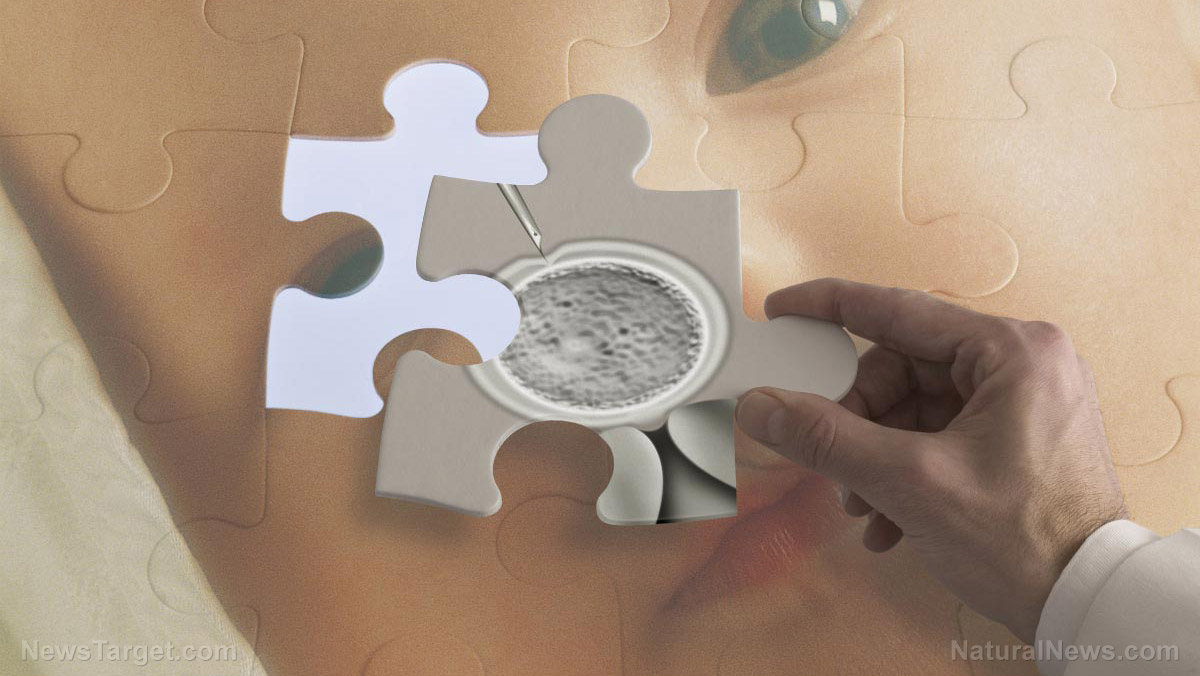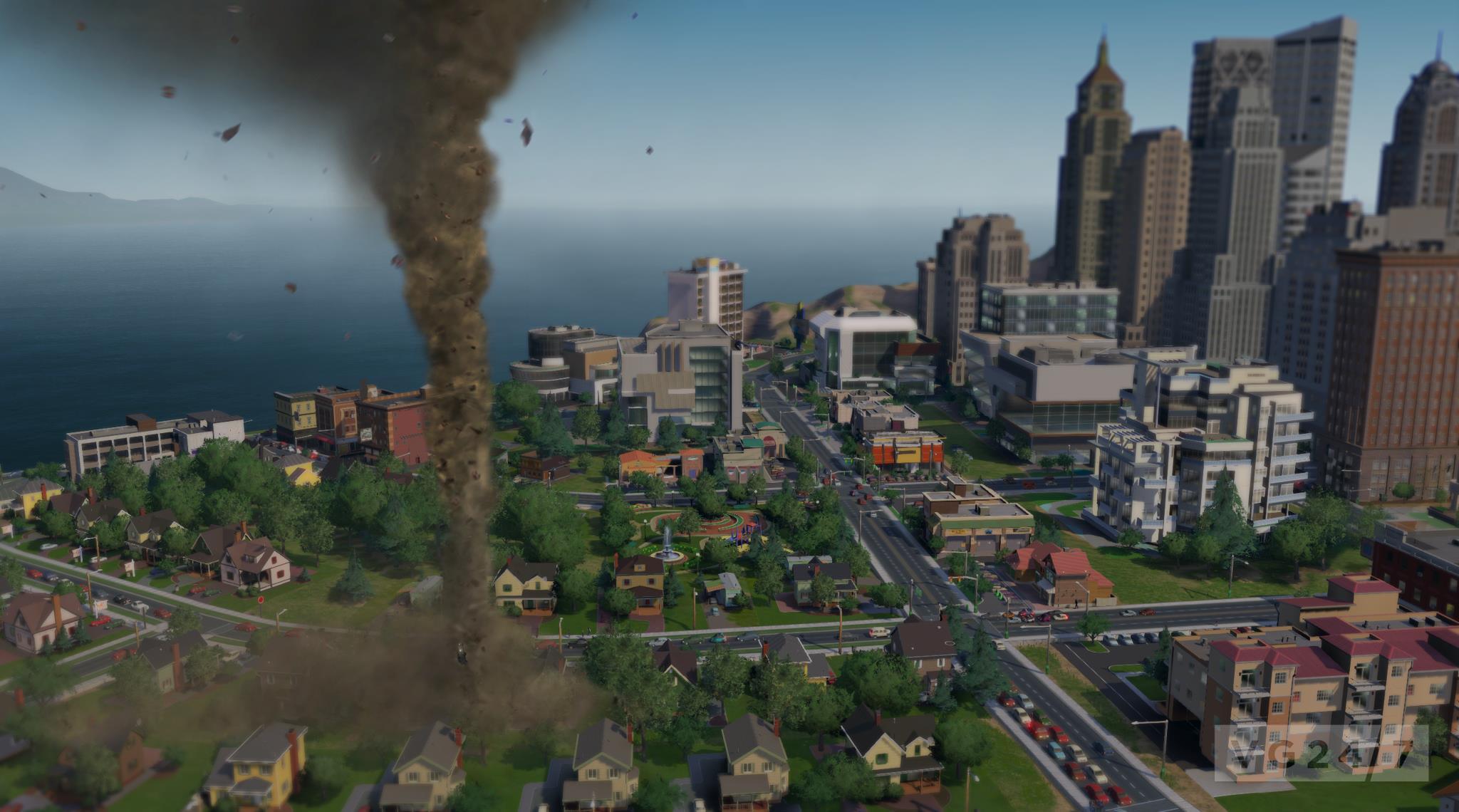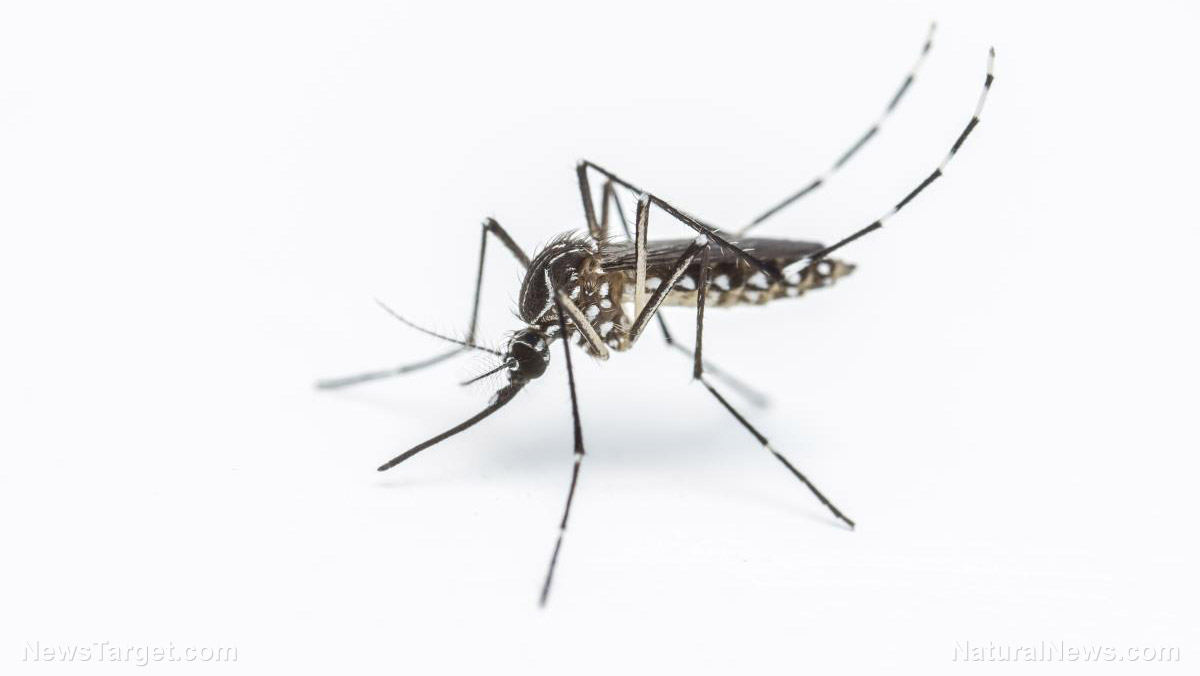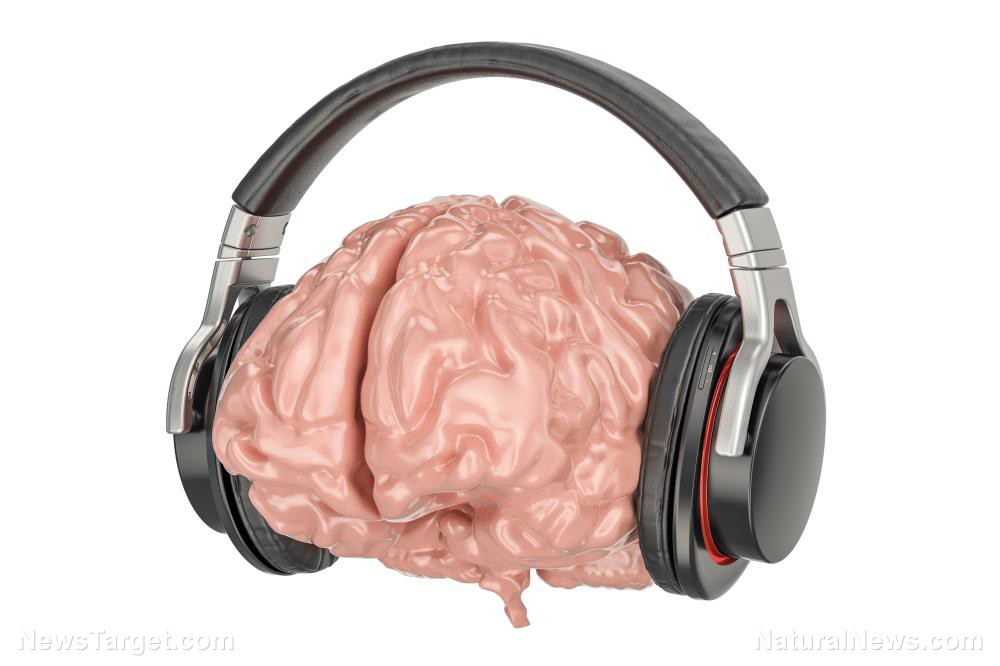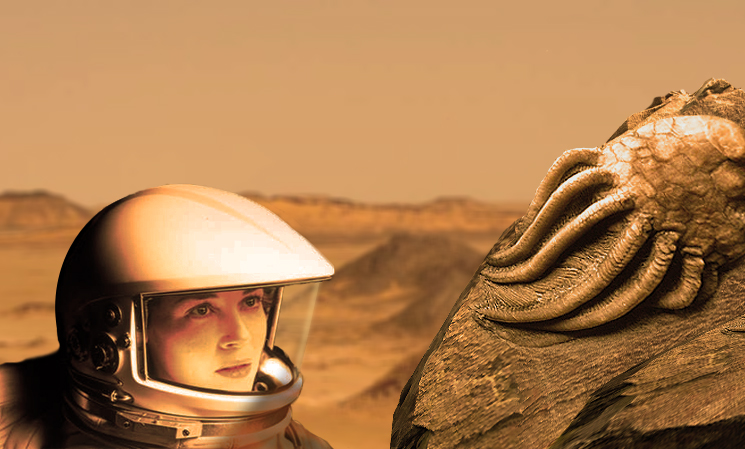New study shows evidence that ancient Mars could have supported underground microbial life
12/13/2018 / By Edsel Cook
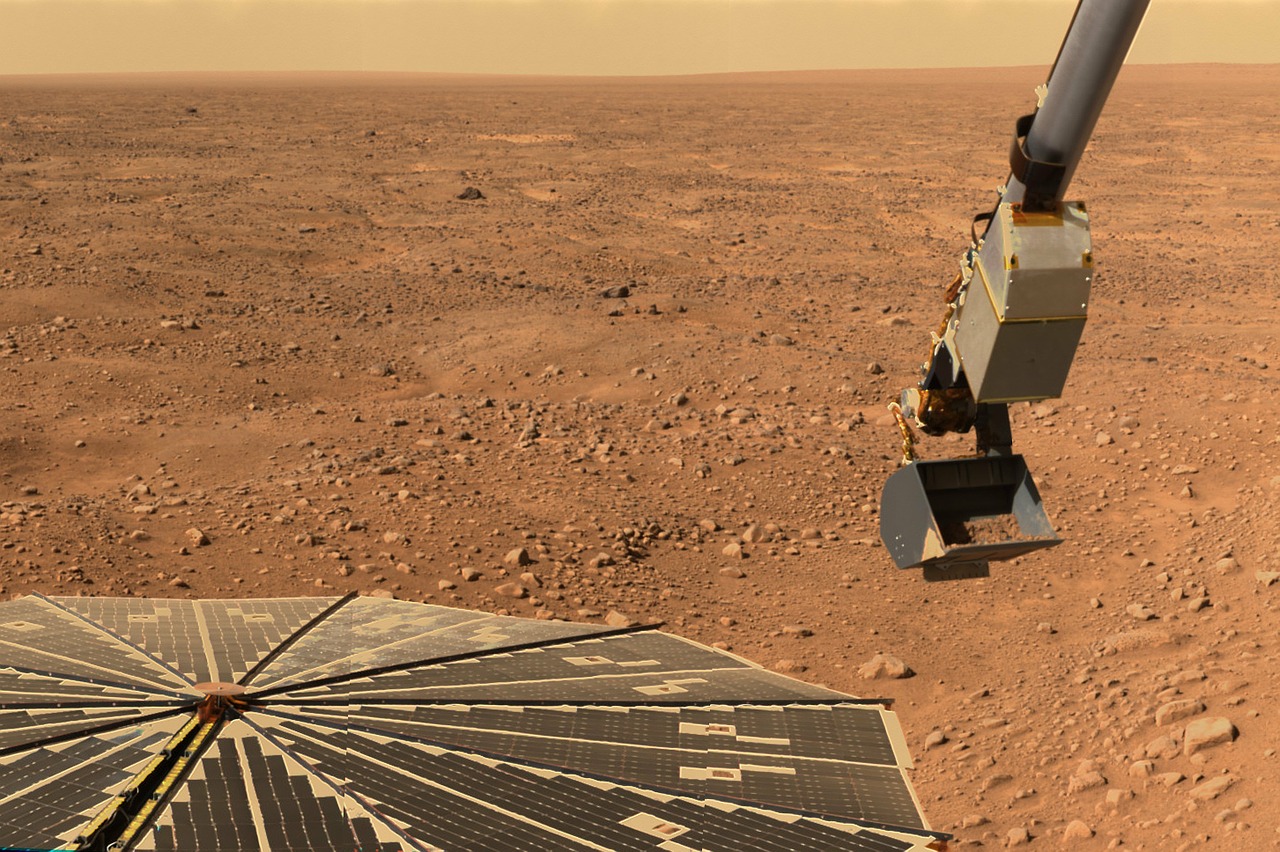
The surface of Mars might be barren today, but conditions underground could have been hospitable for alien life in the distant past. Researchers are now theorizing that there was enough hydrogen dissolved in the ground that could have sustained certain types of microbes.
This finding is based on similar subterranean conditions on Earth. These subsurface lithotrophic microbial ecosystems (SLiMEs) are made up of microbes that live in perpetually dark areas.
These microorganisms get their energy from dissolved chemicals that enter their underground homes. They take electrons from molecules of hydrogen and other chemicals to power their biological processes.
The Brown University (Brown) researchers said that Martian radiation that penetrated the soil would have broken down water into oxygen and hydrogen in the distant past. The radiolysis process would have produced enough hydrogen in the crust to match the levels found in Earth’s SLiMEs.
These findings are not direct proof that alien life did exist on Mars. However, if alien microorganisms did live underground, they would have plenty of hydrogen food for a very long time.
The researchers recommended that future studies should consider the areas where the ancient Martian subsurface can be accessed. (Related: New evidence helps astronomers determine when life might have existed on Mars.)
Radioactive elements in Mars could turn water into food for microbes
The Brown study went over gamma ray spectrum data collected by NASA’s Mars Odyssey space probe. They created a map of the potassium and thorium concentrations in the planet’s crust.
Both potassium and thorium are radioactive. Their levels and locations were used to track down uranium. The radioactive decay of these three elements provide the radiation required for radiolysis of water that produces hydrogen.
Furthermore, the elements decay at a steady rate. So the researchers were able to use modern-day levels of potassium, thorium, and uranium to calculate the concentration levels during the early years of the planet’s existence. These results also told them how much radiation flux was present during ancient times.
The researchers proceeded to determine the amount of groundwater available in Mars during that time. They also computed the amount of space in the Martian crust that could hold that underground water.
Last but not least, they figured out the right temperature range that could support microorganisms. The temperature should be enough to melt ice into usable water while avoiding deadly levels of heat that would kill the microorganisms.
A long time ago, the Martian underground could have hosted SLiMEs
Based on their findings, the researchers believed that the crust of ancient Mars is highly likely to have had been hospitable for SLiME-type microorganisms. The habitable zone would have measured several miles thick and spanned the entire length and breadth of the Red Planet.
Any microorganisms that lived in that area would find enough hydrogen to support their biological processes. Furthermore, there were more than enough dissolved chemicals present to last for a very long time.
The researchers tested their findings by subjecting the data to various climate models. They found that the climate did not affect the existence of the underground habitable zone. Instead, it affected the amount of hydrogen present in the zone.
When the climate got so cold that a layer of ice formed over the habitable zone, the level of subsurface hydrogen actually increased. They believe the ice layer trapped the hydrogen beneath it.
The Brown researchers believe their findings dispelled the belief that a cold climate on Mars would hamper the formation of life. The opposite would be true: A cold temperature makes the subsurface more livable for subsurface lithotrophic microbes.
Visit Cosmic.news for more stories about the possible presence of alien life in the Martian subsurface.
Sources include:
Tagged Under: alien life, ancient Mars, Chemistry, habitable zone, hydrogen, Mars, Martian soil, Martian water, microbial life, Microbiology, microorganisms, space exploration, subsurface lithotrophic microbial ecosystem


